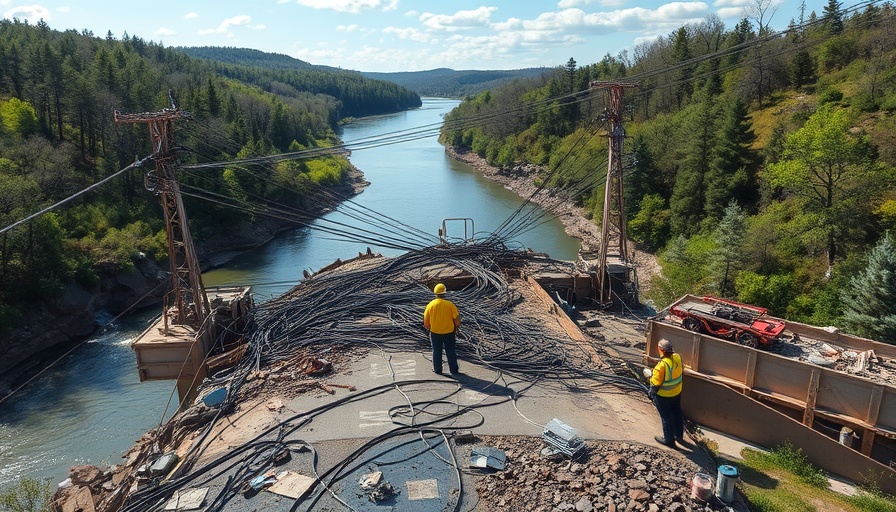
Understanding Lifeline Infrastructure: The Backbone of Our Communities
Lifeline infrastructure systems—those that provide essential services like water, electricity, and transportation—are vital to the everyday functioning of our communities. Yet, they are often taken for granted until a catastrophe strikes. At the recent Building Innovation 2025 conference, experts emphasized the urgent need for communities to address vulnerabilities in these systems before disaster strikes.
Investment in Modernizing Infrastructure
As North Carolina DOT Secretary Joey Hopkins highlighted, much of America’s infrastructure was constructed in an era when engineering standards were significantly different from today. For instance, highways built in the mid-20th century simply do not accommodate modern vehicles or the increased traffic volume. Consequently, an investment in updating these features is essential for our safety and future resilience against calamities.
The Challenges of Aging Infrastructure and Climate Change
The natural environment has become increasingly hostile, with climate change contributing to more severe weather patterns. As noted by Madhu Beriwal, founder of IEM International, many structures were engineered for a climate that no longer exists. With a heightened frequency of extreme weather—like Hurricane Helene—the inadequacy of outdated infrastructure becomes glaringly clear. Communities must not only plan for repairs but also innovate their approaches to ensure these critical systems can withstand modern challenges.
Targeted Planning: A Necessity for Resilience
Panelists noted that strategic planning is imperative for functional recovery. It’s not enough to merely restore buildings and roads to their previous capacities; instead, a blueprint that incorporates redundancy and climate resilience must be embraced. This approach ensures that if one element fails, other integrated systems can continue to function smoothly, preventing collapse.
Collaborative Solutions Are Key
In discussions, a recurring theme was the lack of coordination among the various agencies that manage different aspects of infrastructure. When faced with extensive infrastructure failures, such as those following hurricanes, these agencies must work together to address vulnerabilities. By identifying shared obstacles and developing collaborative strategies, they can enhance overall system security.
Proactive Strategies for Communities
So, what can municipalities and homeowners do to prepare and adapt? Proactive strategies include conducting regular assessments of infrastructure weaknesses, prioritizing investments in upgrades, and engaging the community in planning discussions. These practical actions can drastically improve a region's ability to bounce back after a disaster, ultimately saving lives and preserving property.
Conclusion: The Cost of Inaction
The message is clear: if we continue to neglect our aging infrastructure, we risk a future fraught with more disasters and consequences. Targeted investments in refurbishment and modern technology will not only help us mend what is broken but can also foster a culture of resilience. Ensuring infrastructure withstands today’s challenges is not just a responsibility but a necessity for future generations.
 Add Row
Add Row  Add
Add 






Write A Comment